Dutch Shepherd: breed description and content
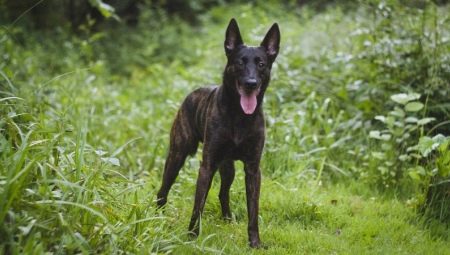
Sheepdogs are popular among owners of large houses and private areas. They are able to become a reliable protector of the territory and a devoted friend. This is true for Dutch Shepherds as well.
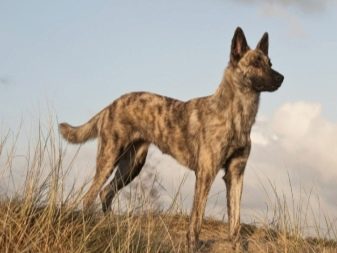
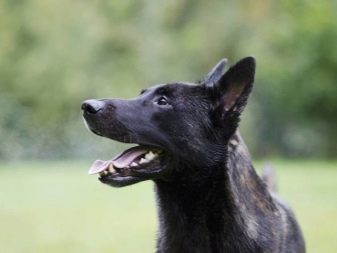
Origin story
The Dutch Shepherd Dog, or Hurder, belongs to the breed of shepherd dogs. Her first appearance in the world took place in Amsterdam at a dog show in 1974. Today there are not so many Dutch Shepherds, their population is quite small, and no more than 300 animals appear per year. But still, in Holland itself, they are treated with special trepidation. They are most often brought up for personal purposes, and not for sale. But at the same time, they can be found not only in private yards, but also in the police service, and in the army, and in fire departments.
But some do not forget what this breed was originally bred for, and use animals to guard livestock.
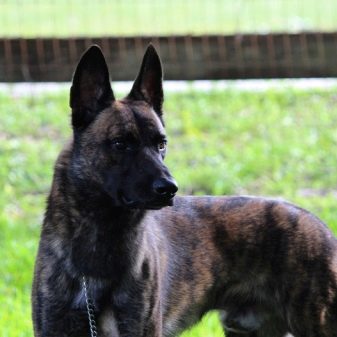

Breed characteristics
If we consider the description of the Dutch Shepherd, then this is a rather large animal. Here are its standards.
- Height male dogs are usually within 60 centimeters, but females are not higher than 55 centimeters.
- The weight females 35 kilograms, and males up to 45 kilograms.
- Head such animals are of medium size and oblong. It is positioned in proportion to the body. The nape of the Dutch Shepherd Dog is quite pronounced. In addition, its frontal part merges very neatly into the muzzle. It has a slightly elongated shape and is equal to its skull. When viewed from the side, the head will be in line with part of the forehead.
- Dutch Shepherds have a scissor bite. Their upper lip covers almost completely the entire lower part. The teeth have powerful canines that can close together.
- Their eyes quite small, moreover, set wide apart; their shape is almond-shaped. They are brown or dark brown in color and have black edging.
- Nose large, also black at the tip.
- Ears the Dutch Shepherd Dogs are erect and triangular in shape.
- Their neck rather muscular.
- Itself body type very powerful, and the back is straight.
- Straight tail has an average length.
- Paws straight, and the fingers fit snugly together. They end in black claws.
- Wool can be different, since such animals are divided into three types - long-haired, short-haired and wire-haired.
- Color the Dutch Shepherd Dogs can be very diverse. They can be red, and reddish-brown, and silvery, and brindle. However, in no case will they be monochromatic.
In addition, there must be a dark mask on their face.
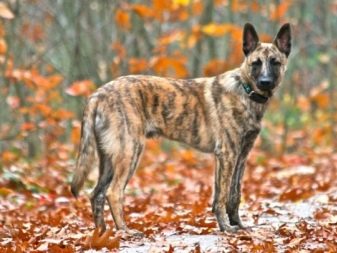
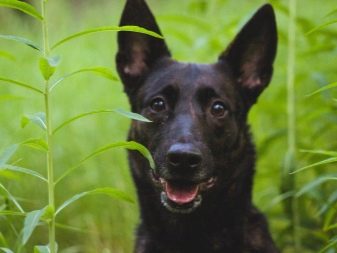
Character and behavior
Dutch Shepherds are quite freedom-loving animals, so they are completely unsuitable for life in the city. It will be best for their health to live in nature, but at the same time, keeping them on a chain is not worth it. After all, this may have too negative an effect on their health. If, nevertheless, the dog is to live in the city, then it will need a lot of physical activity. In addition, it will be necessary to often walk the dog in the fresh air.
Herders are quite intelligent animals, they constantly need regular communication with people. Knowledge is given to them very easily, so they lend themselves well to training. Such dogs are considered excellent guards, because they understand what responsibility they have. Often, Dutch Shepherds are excellent guides for blind people, but their training will take a lot of time and effort.

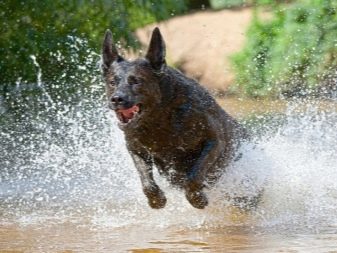
Dutch Shepherds are one of the brightest successes of breeders who have been breeding them. They have a rather calm nature. They practically do not show aggression, except for completely unfamiliar people, and only if the owner allows them to do this.
If they find themselves in a new house, it takes a very long time to get used to their owners. But when the herder realizes that a person is a leader, he will become his most devoted friend. In addition, such dogs do not tolerate loneliness at all, as they are herd animals. If the leader for them is only one person, then they can also be friendly with other inhabitants in the house. But they will not listen or obey their commands.
They practically do not pay attention to small children, unless they grow up a little and can just play with such pets.
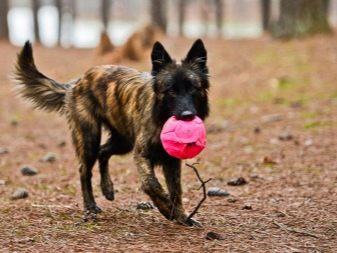

Varieties
Representatives of this breed can be divided into three conditional groups.
- Wire-haired dogs have the toughest coats... It is quite dense, which is why the animals constantly seem disheveled. In addition, they have a thick undercoat. Their coarse coat gives the impression that their face has a thick beard and a small mustache. In addition, the dog appears to be wearing pants. Herders can be blue, gray or golden in color. In addition, there are individuals of a tiger shade. However, in the latter, the coat is softer to the touch.
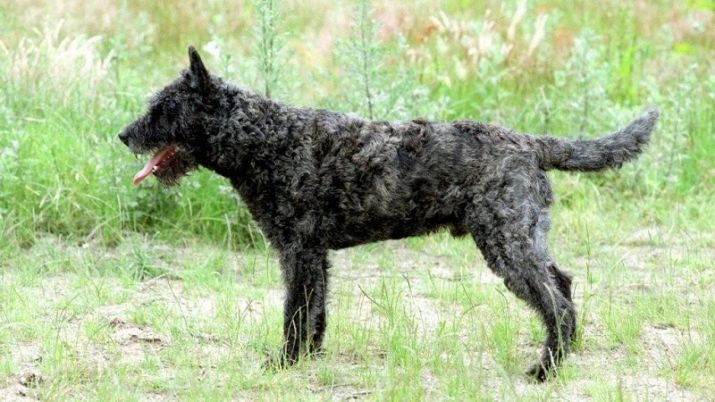
- Longhaired... In such animals, the coat is also harsh, but at the same time it is long and smooth. It is longer on the head, as well as near the ears. Long coat and on paws. The dog has a thick undercoat. The color is the same as that of wire-haired dogs.
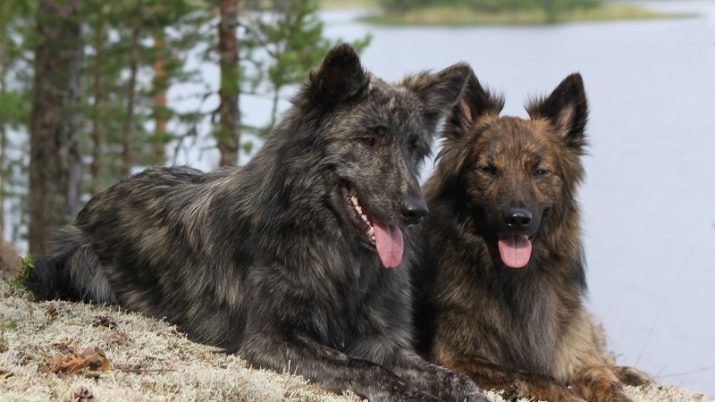
- Shorthaired... Dogs of this type have a short and hard coat, besides, they have a rather pronounced undercoat. As for the color, it is the same for them as for other species.
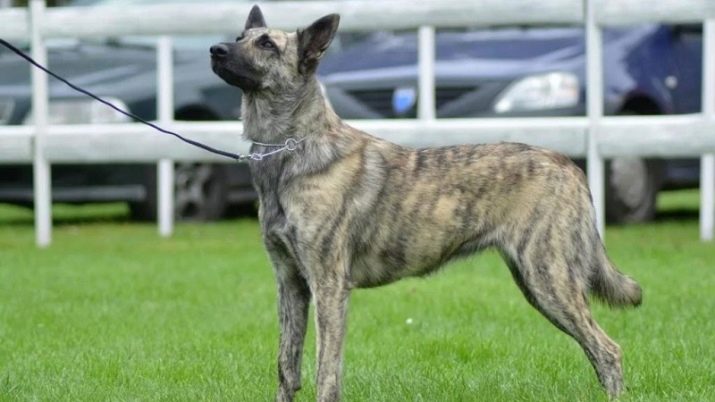
How to choose a puppy?
In a litter of one dog, from 5 to 8 small puppies can be born at once. They are all very beautiful, and it is sometimes very difficult to choose one of them for yourself. Having decided to get yourself a little friend, you need to focus on a number of indicators.
- The puppy must have documents that confirm its pedigree. In addition, there must be a veterinary book, in which vaccinations or diseases, if any, are noted in the animal.
- His parents must also have the appropriate documents.
- The puppy must be healthy.
- There should be no scratches on the skin.
- The dog should be active, playful and friendly.
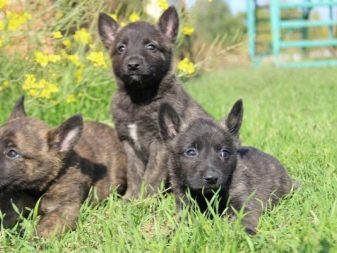

Besides, you should not buy such dogs from your hands or just from a photograph. After all, it often happens that the puppy turns out to be an ordinary mongrel, and not a real herder. To prevent this from happening, it is best to buy puppies from special kennels or from well-known breeders. The price of these puppies starts at $ 400-500. In addition, in order to find out in more detail the nature of the selected puppy, you just need to turn it over on its back when buying it and press it so that it cannot get up.
If he behaves too aggressively and barks or squeaks, this will indicate that he has minor deviations or problems. A good puppy will be more reserved and will perceive the situation as a game.
And also it must be remembered that puppies of this breed are very prone to overeating. Therefore, it is imperative to ask what he was fed before.
After bringing a puppy into the house, you should not immediately change its diet. Only after 7-10 days can you try to introduce other products.
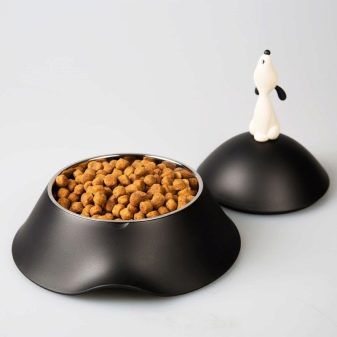
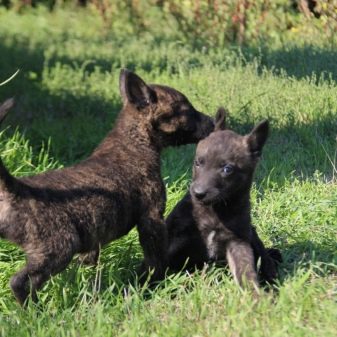
Feeding
Dutch Shepherds are considered the most picky animals in food, but prone to obesity. Therefore, it is necessary to feed strictly according to the schedule. If there is too much food, it will be difficult to digest, and they will immediately become loose stools. The owner must choose food for his pet. It can be both industrial and natural. The main thing is that the dog's diet is balanced.
Dry food
Such feeding makes life much easier for a person, since he does not need to cook. You just need to pour the food into a bowl and you can go about your business. In addition, dry food is made for a specific breed, as well as for different ages. They contain all the necessary substances that a dog needs.

Natural food
Adult animals must be fed no more than twice a day. Other than that, it is best at the same time. Many people believe that such animals are predators, and therefore they should only be fed with meat. But this is not at all the case. The diet should include various foods:
- meat, it is better if it is raw;
- boiled sea fish or fresh river fish;
- by-products of various animals;
- boiled eggs;
- porridge made from various cereals, for example, buckwheat, rice or wheat groats;
- low-fat cottage cheese or kefir, you can also give regular yogurt;
- boiled or raw vegetables such as pumpkin or squash
- bread.
Alternatively, vitamin supplements may be given. Only in this way the dog will receive everything it needs. Small puppies should only be fed strictly on schedule. This should be done 3 times a day. Portions must be correctly calculated, you can increase them only when the puppy begins to grow a little. The dog should have two bowls: one for food, and the second for water, which should always be in the access zone.

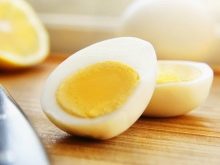

Care
Herders are quite active animals, but in order for them to always be healthy, they need a lot of space, as well as some physical activity. Therefore, you need to play more with your pet, be sure to take walks. If the animal lives in a country house, then the dog can walk as much as it wants, but in cities you need to walk the dogs for at least 4-5 hours a day.
It is forbidden to cut such dogs, but it is necessary to comb them out. This is especially important during their molt. The comb should be tough to handle their thick coat.This should be done daily so that wool is not all over the apartment. When the shedding period is prolonged, it is necessary to consult a veterinarian, as this may be some kind of disease. Those dogs that live in the apartment need to bathe from time to time... However, this is often not worth doing. Enough once a month. And in spring or autumn, when there is dirt outside, it is enough for a dog to simply wipe its paws and other dirty places with a damp cloth.
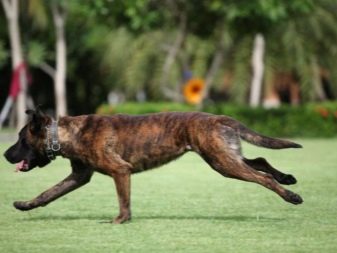
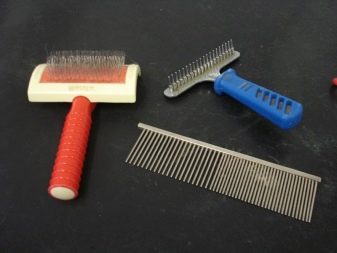
It is necessary to cut the claws very carefully, because such dogs are quite strong. This should be done once a month. It is best to entrust this to specialists who can put them to sleep during such a procedure.
You should check your pets' ears regularly to free them from wax or mites if necessary. And also you need to brush their teeth with a special brush or give special bones that can cope with plaque no worse. The dog must receive all the necessary vaccinations on time.
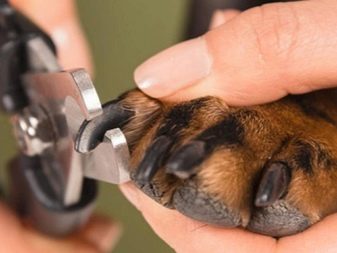

Education and training
Both of these processes will directly depend on the dog's disposition. Since such an animal has an almost universal character, thanks to training, you can get from it not only an excellent guide, but also a guard or a wanted dog. It is necessary to start training them from a young age. It is best to do this while he is eating or taking walks. In addition, you need to contact him a lot so that he quickly gets used to the new owner and learns to obey him. And you also need to teach him not to be afraid of other people.
First, you need to teach the dog to respond to his nickname. After that, you can proceed to further training it. The animal must learn commands such as "Place", "Nearby", "To me". For example, during a walk, it will be enough to show your pet only once how to recover on a walk, the second time he will do it right, as it should. However, everything should be done gradually so as not to overload it.
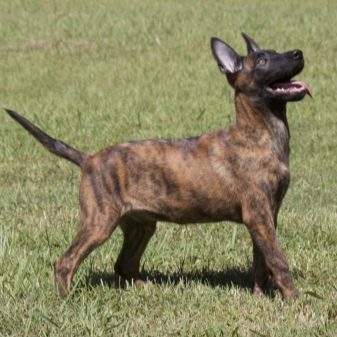
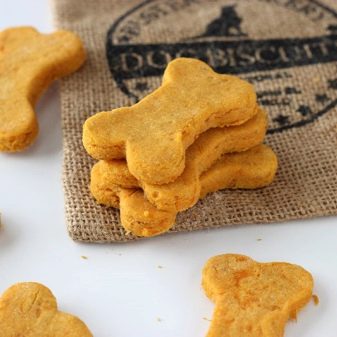
It is necessary to bring up puppies not only with affection, but also with severity. First of all, the dog must understand who is the boss in the house, you need to subordinate him to his will. There is only one way to punish - by taking your favorite treat from the dog. During training, he must understand that he must listen to his master and follow his commands. Indeed, in the future, the dog will become huge and can harm other people if it does not follow the necessary commands.
Summing up, we can say that the Dutch Shepherd will become not only a good house guard, but also a loyal friend. In addition, in any situation, she will be able to protect her master from any danger. The main thing is to provide her with proper care, and she will be able to live a long and joyful life.
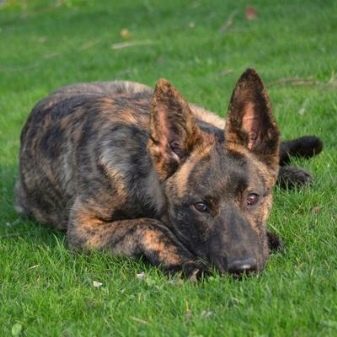
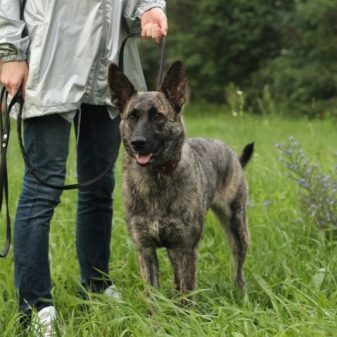
In the next video, you can get to know the Dutch Shepherd better.






































